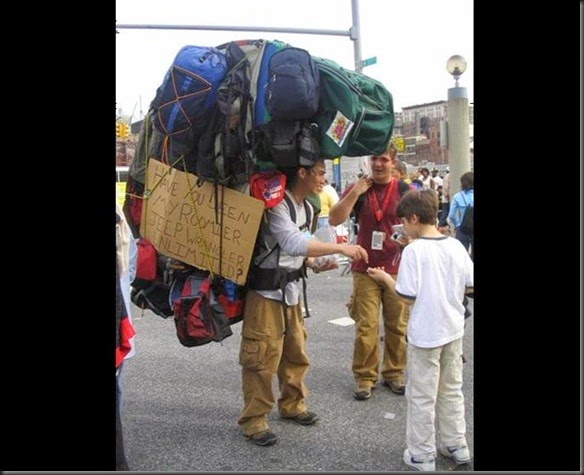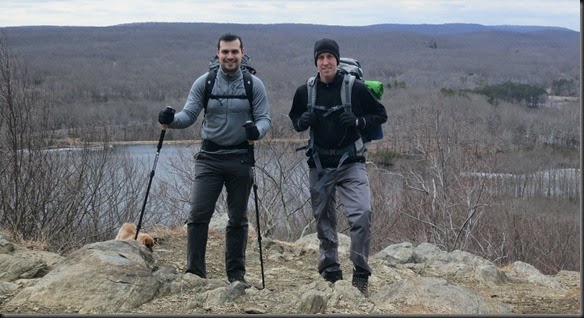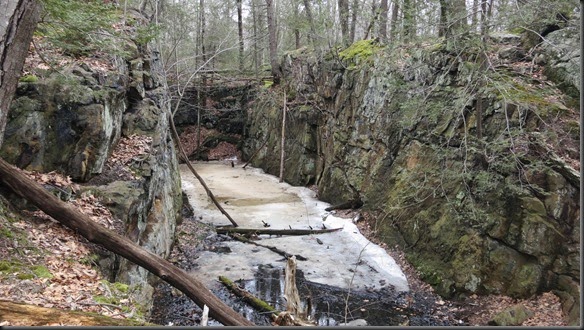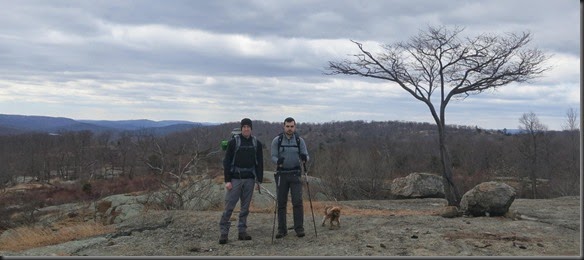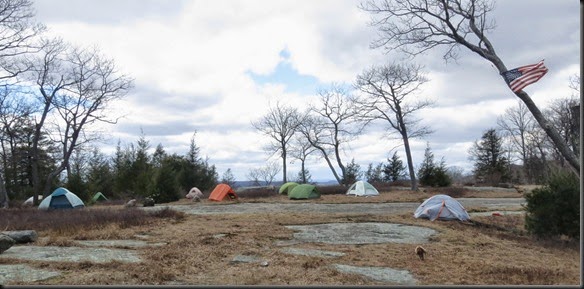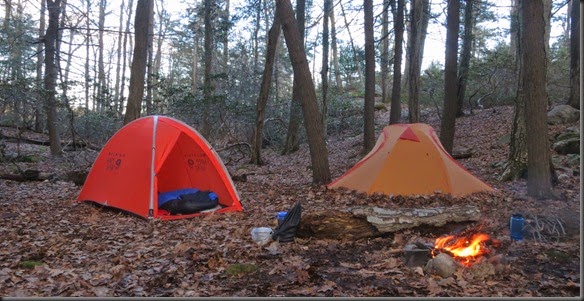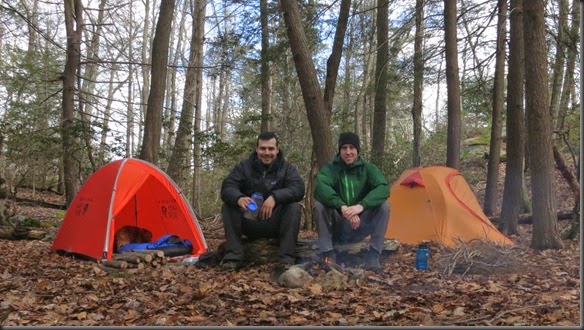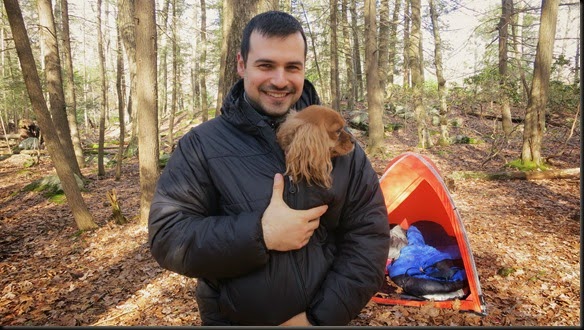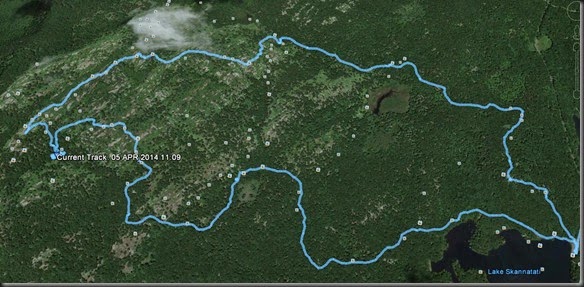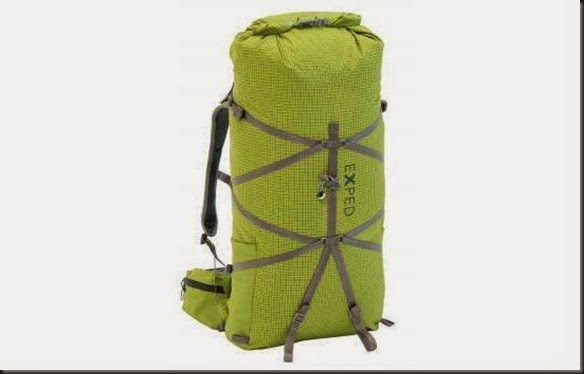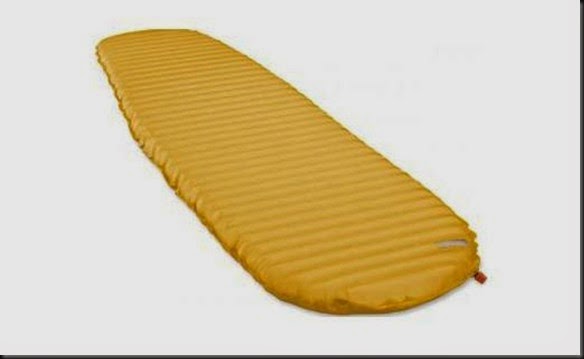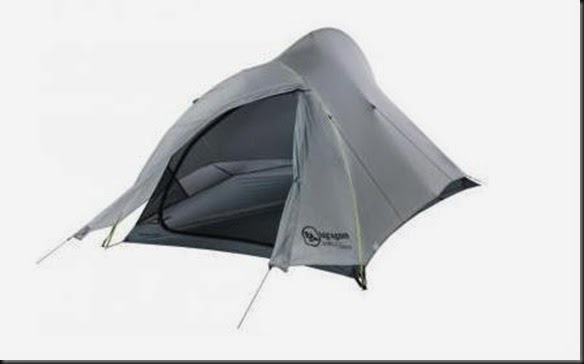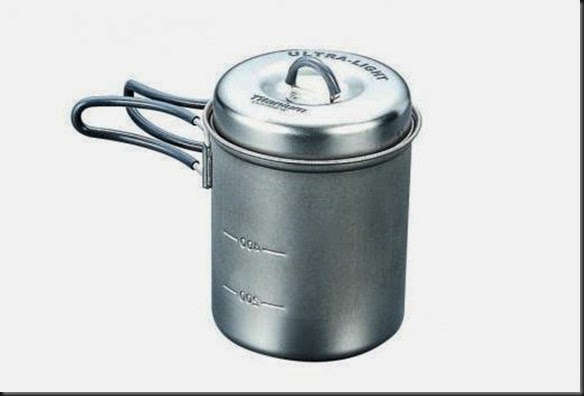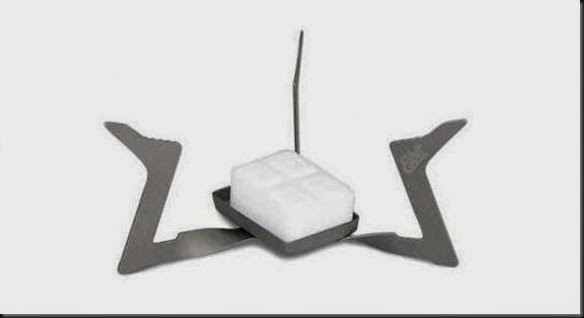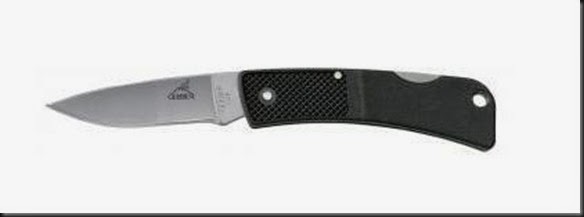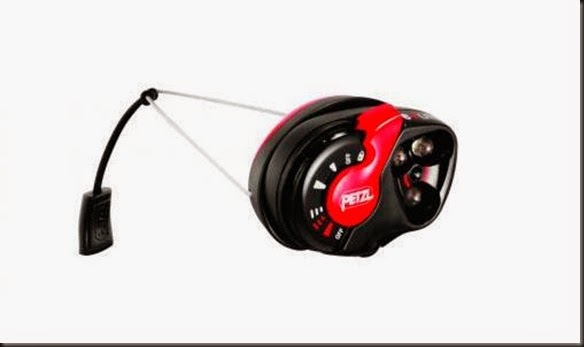Recently I’ve posted examples compiled by others which feature ultralight gear lists. The last one I provided pointed out how an ultralight weight can be obtained at relatively low cost. It was however correctly pointed out by some readers that all of these gear lists are three season lists, i.e. for temperatures down to 32F (0C). This is not an uncommon phenomenon. Even many experienced ultralight backpackers, consider ultralight gear to be reserved for three season use. For winter use, the heavy gear once again comes out.
Now, as you have seen from my personal gear lists, it is very possible to bring the total weight of your winter gear down to nearly 10lb. For one such example, you can see the video here. Of course, it was once again pointed out that bringing the weight of winter gear down is relatively easy to do when you spend lots of money on it. That is certainly true.
So, it go me thinking; can one create a low cost, ultralight winter backpacking gear list? I figured I would play around with the offerings from some manufacturers with which I am familiar, and see what I can come up with. It would be roughly based around my Beginner’s Guide to Affordable Buschraft and Camping Gear. You may also want to check out my Beginner’s Guide to Winter Camping and Bushcraft.
The big problem that we immediately face is the one with sleeping bag insulation. All other gear transitions fairly well from three season to winter use, but the sleeping bag does not. We will need a new one. The problem is that the lower the temperature rating is, the harder it is to make a good, lightweight, and cheap bag. We can do lightweight, and we can do cheap, but not at the same time. You can get a –40F (-40F) sleeping bag that weighs just over 3lb, but it will require high quality down, and will cost nearly $1000. On the other hand, you can make a –40F (-40C) bag that costs $150, but it will weigh 8lb. There is no way around it. If you want to go out in temperatures like those, and do it with lightweight gear, you will need a high quality down bag, which will cost you. However, it is possible to find well priced, fairly lightweight bags for more moderate winter temperatures. So, for this post, I will assume that the camper wants to go out in winter in temperatures down to 0F (-18C). For many readers, this would be a more accurate representation of the winter conditions they will encounter. With some skill, those ratings can be pushed down quite a bit further as well.
Now, this is a somewhat strange exercise because people typically do not just go out and purchase a whole “winter gear kit”. Usually you use a lot of the three season gear you have already accumulated, and just supplement what you have so you can start going out in lower temperatures. In many cases, simply adding a warmer sleeping bag and some warm clothing will get you there without any additional gear. However, for purposes of this post I will pretend that we have a situation where a person who had decent experience with three season backpacking wants a brand new winter gear set up, and wants it to be low cost and light weight. Can it be done? Well, here is my crack at it. Please keep in mind that here I am only discussing the core gear that one will carry. There will be many small odds and ends that will get added to this list by each individual user.
Backpack:
My pick for a backpack is the GoLite Jam 70. This is a 70L pack, which has a functional load transferring hip belt and a foam insert for a frame. It costs $130 and weighs 1lb 15oz. Ordinarily, I would never recommend such a large volume pack which does not have a more solid frame. I typically do not like using frameless packs, or packs with foam insert frames which are over 35L and have to carry over 20lb of weight. This however, is a peculiar situation. As you will see, the final weight of our gear will be fairly low, yet the volume might end up being large. Since we are being price conscious, we will probably end up with some bulky clothing items, which can quickly fill up the pack.
If this one seems like too much volume for you, check out the Golite Jam 50. It will save you a few dollars as well as few ounces. Another good alternative is the REI Flash 62. It is more expensive at $180, and it weighs more at 2lb 14oz, but features an aluminum internal frame, which will cope much better with heavier loads.
I use both the REI Flash 62 and the Black Diamond Speed 40 pack, which weighs 3lb (2lb 10oz modified) and costs about $150. I have not recommended the Black Diamond Speed 40 because it is only a 40L pack, and with some of our gear options, it may not be large enough for all of the gear listed here.
Shelter:
For shelter I would go with the GoLite Shangri-La 2 (without the nest). Am I being sponsored by GolIte, you ask? No, it’ just that ever since they moved their distribution in house, they have cut their cost almost in half. They make good products at a good price. The Shangri-La 2 is no different. It is a floorless shelter that will stand up to just about any winter weather you can throw at it. You will probably find it deficient if you want to climb Annapurna, but for the use it will see with most of us, it will do admirably. The shelter weighs 1lb 10oz and costs $160. It gets pitched with the use of two trekking poles, which I will address later.
You can still use a tarp in winter, but I would recommend a more enclosed shelter to block the wind. Other good shelter options are the Mountain Laurel Designs DuoMid. It will set you back about $215 and weighs 1lb 6.5oz. The Black Diamond Beta Light (without nest) is also a good choice with a cost of $200 and a weight of 1lb 3oz.
I use both the GoLite Shangri-La 3 and the Mountain Hardwear Direkt 2 tents. I use the Shangri-La 3 without the nest, which drops the weight to 1lb 8oz when pitched with my trekking poles. It costs about $300. It is not a bad way to go if you need the extra room. The Direkt 2 is too expensive to recommend for this list at around $400. It weighs 2lb 8oz, and is rated as a mountaineering tent; overkill for the type of trips we are discussing here.
Sleeping Bag:
Here we come to the big obstacle. As I mentioned above, if you want to go out in extremely cold weather, you will need to spend the money on a high quality down bag, or just put up with the weighs. For our purposes however, for moderate winter temperatures, i.e 0F (-18C), I would recommend the Mountain Hardwear UltraLamina 0 sleeping bag. It is a synthetic bag, utilizing ThermalQ fill insulation. It costs $280 and weighs 3lb 3oz. It is relatively light weigh and at a good price.
Another option to consider, which prioritizes cost over weight, would be the Marmot Trestles 0 sleeping bag. It is also a synthetic fill bag, but it costs only $140. On the other hand, the low cost results in heavier weight of 5lb 8oz. If money is your primary concern, it is not a bad way to go.
If you are willing to think more outside the box, another good option is to forego the sleeping bag, and use a quilt. Enlightened Equipment and several other manufacturers make quilts which will suit the purpose. For example, the Enlightened Equipment Revelation 0F quilt with 750 fill down weighs 1lb 10oz and costs $260. I am personally reluctant to use a quilt in temperatures that low, but if you can make it work, it is a great option.
I use the Western Mountaineering Antelope MF sleeping bag. It is rated to about 0F (-18C), weighs 2lb 7oz, and costs an eye watering $575. It is an amazing bag, and I have slept in it at temperatures down to –15F (-26C), but the cost keeps we from recommending it for this list.
Sleeping Pad:
A well insulated pad is very important during winter camping. Generally a pad with a R-value of 4 and larger is considered appropriate for winter use. My choice would be the Big Agnes Air Core Insulated Pad. It comes both in rectangular and mummy shape forms. It has an R-value of 4.1, costs $80 and weighs 1lb 4oz.
If you already have a sleeping pad with a lower R-value, a traditional way to use it in winter is to pair it up with a closed cell foam pad like the Therm-a-Rest Ridge Rest SOLite, which costs only $20, weighs 14oz, and will add additional 2.8 to the R-value of your ground insulation system.
I use the Therm-a-Rest NeoAir XTherm. The pad weighs 15oz, has an R-value of 5.7, and costs around $150. It is a great, very warm pad, but the cost is a bit too high for this list.
Pot:
My pick for a pot is the Open Country 2qt Aluminum Kettle. It is hard to beat for the weight and price. It will cost you only $16, and weighs 8.2oz.
There are many good options out there. The only thing I would say is that for winter use try to go with a post that is at least 1L in volume. During winter you will very likely have to melt snow for water, and being able to make enough water at once to fill up your water bottle is a good idea.
I use a 1L SnowPeak titanium pot. I used to use the above Open Country pot, but didn’t need that much volume. The SnowPeak pot weighs 4.7oz, and while I don’t remember the cost (they don’t make it any more) I’m sure it wasn’t cheap.
Stove:
The stove you choose for winter use is very important because, as I mentioned above, you will very likely have to melt snow for water. My choice would be the Kovea Spider. It is a remote gas canister stove, which allows for inverted canister use in liquid fuel mode. That lets you use in cold temperatures where other canister stoves will not perform well. It is a bargain at $54, and weighs only 6oz.
I would leave out alcohol stoves because while they do work in winter, they do not produce enough heat to melt snow effectively. Some upright canister stoves like Jetboil Flash and the MSR Reactor get used during winter, but you will have to come up with a way to keep that canister warm. The MSR Windpro II is a good alternative. It also allows for inverted canister use. It weighs 6.6oz and costs $100. White gas stoves like the MSR Whisperlite (in all variants) work very well in winter. One will run you about $100 and weigh around 11oz.
I use the Kovea Spider. It is not a well known stove, but I have used it in many different conditions, and it has always come through for me.
Water Bottle:
Two Gatorade bottles. They are light at 1.8oz each, cost about $3 (with the Gatorade) and have a wide enough mouth to delay freezing during winter use.
A Nalgene bottle is always a good alternative, and they even have collapsible wide mouth Nalgene bottles. A Nalgene bottle weighs 6.2oz.
I use one Nalgene bottle and one collapsible 2L wide mouth Nalgene bottle.
Water Purification:
During winter your filter is not going to be a good option for filtration. Once you get it wet, the likelihood of it freezing and getting damaged is too high. I would recommend carrying some Katadyn Micropur Chlorine Dioxide purification tablets. They cost $10 for a pack of 20, and weigh about 1oz. Since you will be most likely be melting snow for water, the tablets should get used only occasionally if you can find flowing water somewhere when the weather is warmer.
I mostly melt snow for water, but have a few of the above tablets as a back up. There are several other manufacturers who make similar products such as Aquamira. Avoid the liquid versions, as they have a tendency to freeze in cold weather.
Trekking Poles:
My pick, heavily considering cost, would be the Black Diamond First Strike trekking poles. They weigh 13.9oz, cost $55, and are rated for winter use. The down side to the poles is that they collapse only into two sections rather than three, which means they are not as compact when collapsed, but I think the $100 in savings is well worth it.
I use the Black Diamond Alpine Carbon Cork. They weigh 16oz and cost about $140.
Headlamp:
My pick is the Black Diamond Gizmo. It is not the brightest, but at only $20 and with a weight of 2oz, it is hard to go wrong with it.
An alternative would be the Petzl Tikka. It costs $30 and weighs 3oz.
I use the Black Diamond Gizmo. It has covered all of my needs so far.
Knife:
Even if you don’t plan on processing any wood on your trip, a knife is something you should always have. My choice would be the Mora #2. It weighs just 3.3oz (with the sheath), and costs under $15.
I use a custom Mora #2 full tang clone made by Mark Hill.
Saw:
During winter it is also a good idea to have a saw with you in case you do want to process any firewood. Huge bon fires are not necessary if you have the proper gear, so a small saw will cover most of your needs. I would go with the Bahco Laplander, which weighs 6.2oz and costs about $30.
An identical saw is sold by Kershaw. It is marked as the 2550X. If you can find it, you may be able to get it for about $20.
I use the Bahco Laplander saw. It offers great capability for the weight.
So, where does that leave us in terms of weigh and cost? According to my math, the above list gives us a weight of 10lb 11.2oz, and a total cost of $741. Add a few accessories and necessary small items like a map and compass, fire kit, first aid kit, small repair kit, etc (check out my pocket carry kit video for ideas here), and we can say that we have a 12lb gear list for about $750. If you go with the Marmot sleeping bag instead of the Mountain Hardwear one, you can bring the cost down to about $600, but the weight will go up to 14lb 8oz. It may not be a bad tradeoff. Shopping around for discounts will easily drop that price down even further.
And lastly, clothing for these conditions is not all that tricky. It will largely be your three season clothing with the addition of a big puffy jacket on the outside, along with a hat and gloves. If you are still unsure, the most cost effective option is fleece. It is bulky, but you can get fleece shirts for $10 at Wal-Mart. The 70L pack from the list should be more than capable of dealing with multiple fleece layers. For more of my thoughts on witer clothing, check out Winter Clothing – The Layering Theory Revisited.
All of the above gear will function fine in even lower temperatures. The main change you would have to make is to invest in a good sleeping bag rated for the temperature you are likely to encounter. I use the Western Mountaineering Puma MF –25F (-32C) bag. It weighs 3lb 7oz, and costs $825.
A common urge for many people when buying a winter sleeping bags is to go for the warmest bag on the market. Many times people end up with extremely expensive –40F (-40C) bags that are rated for arctic use and cost over $1000. In my experience such an approach is often unnecessary. Look at the realistic temperatures you are likely to encounter, and get a bag appropriate for those conditions.
Anyway, this has been my attempt to offer an affordable unltalight winter gear list for temperatures down to 0F (-18C). The result is a gear list that weighs 10lb 11.2oz and costs $741. You will certainly need to add other small items and personal gear, and for more specific conditions, you will need additional gear like snowshoes, crampons, ice tools, etc. I do think however that this is a good starting point. Hope it has been of some use.
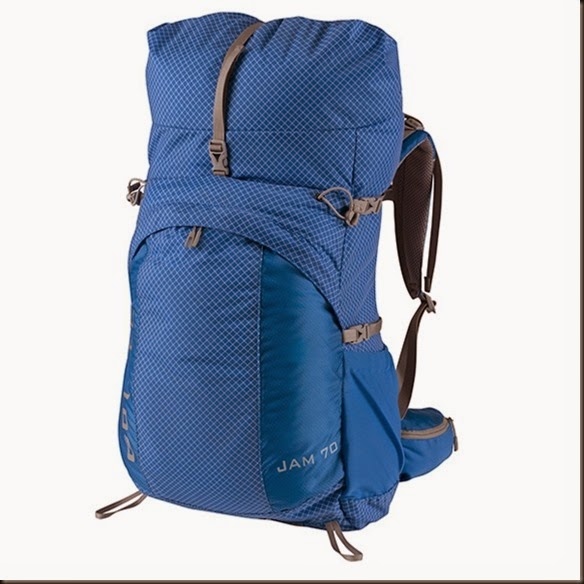
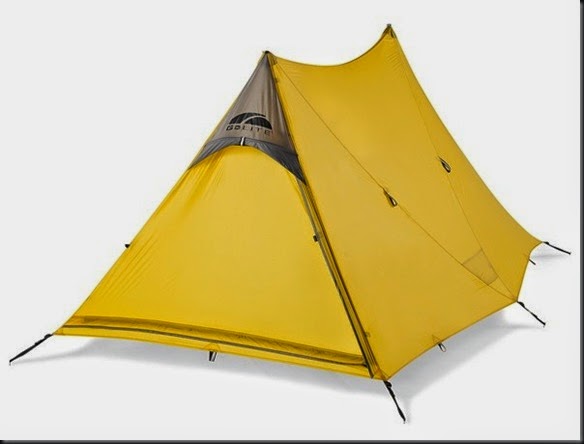
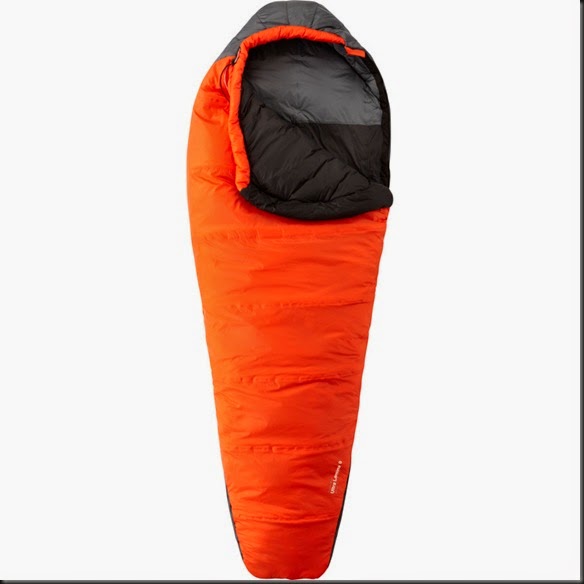
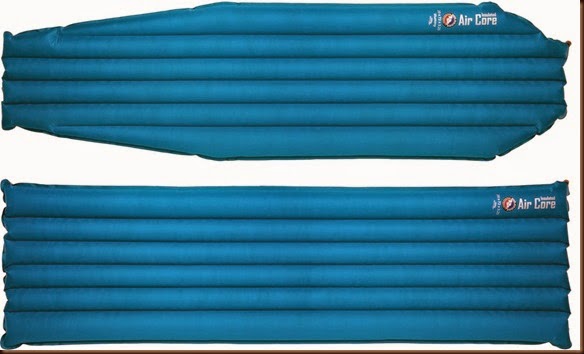
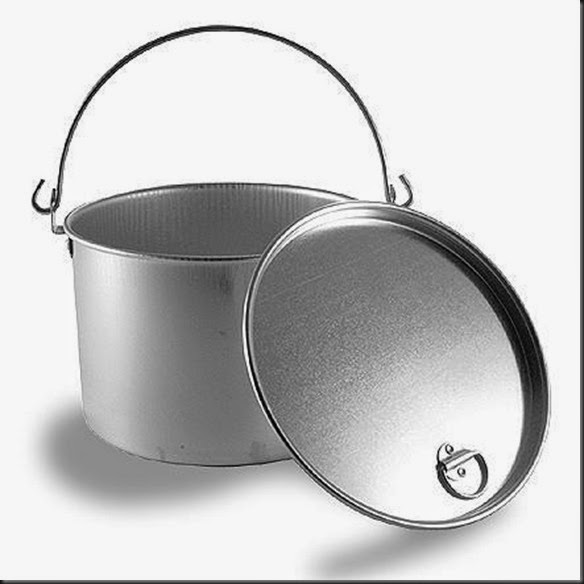
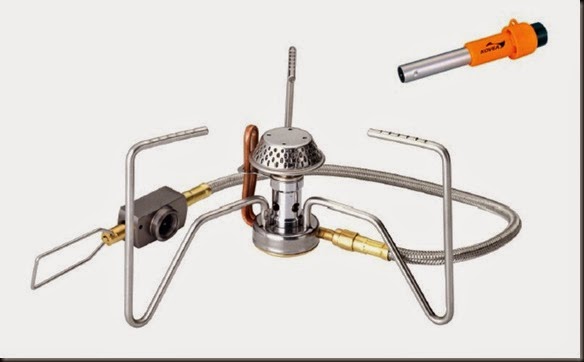
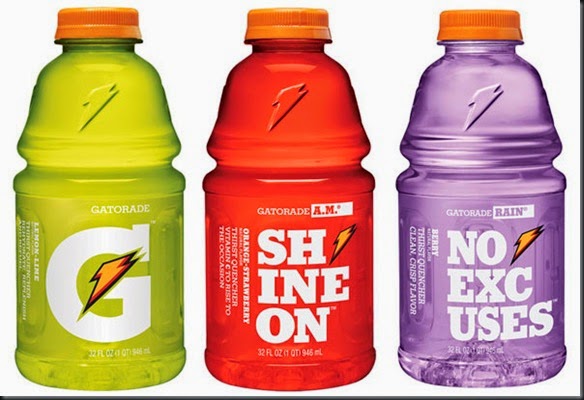
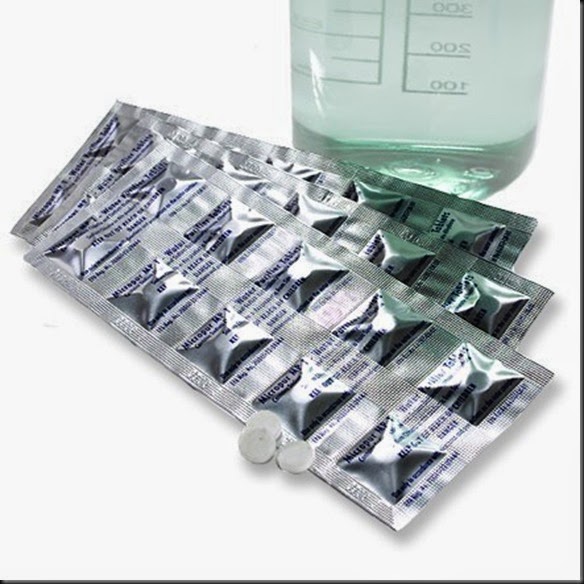
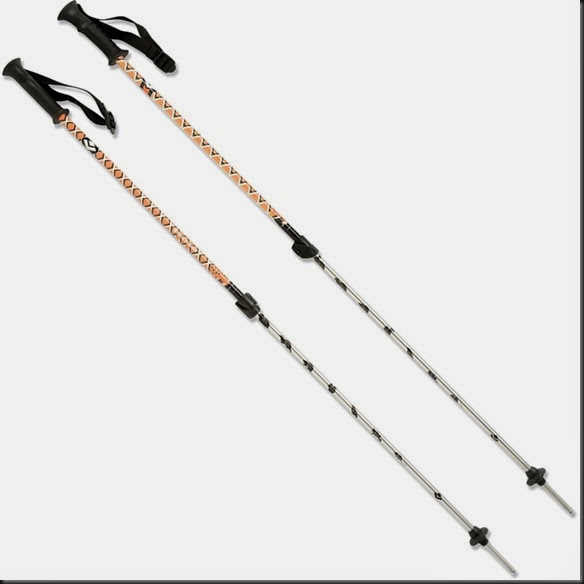
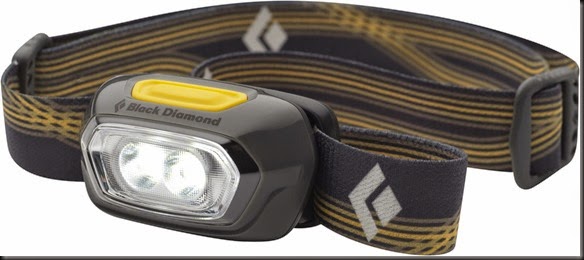
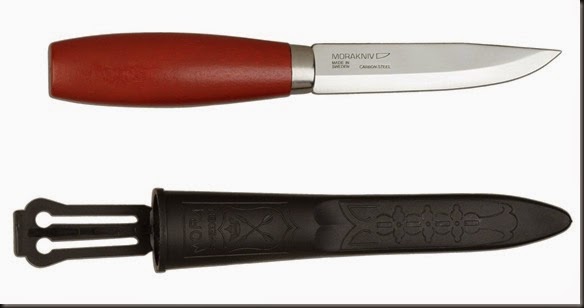
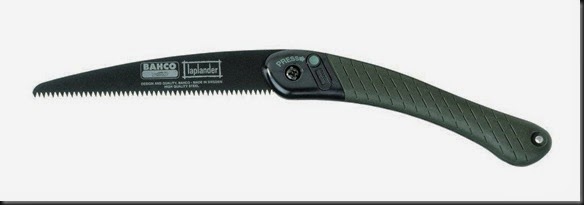
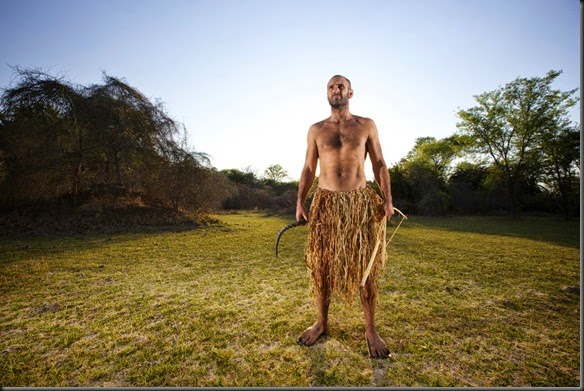
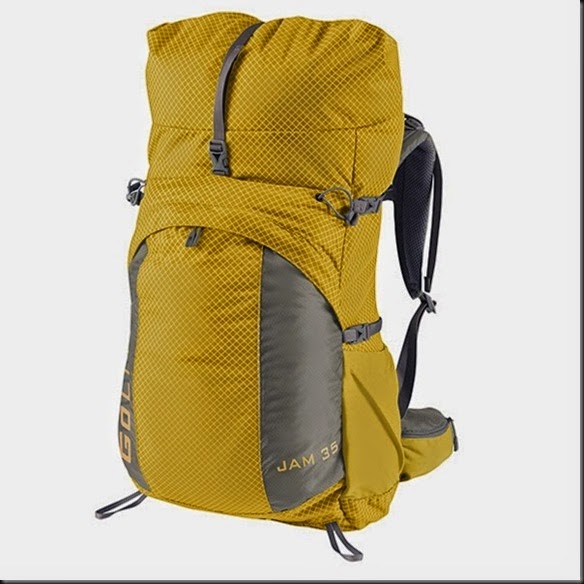

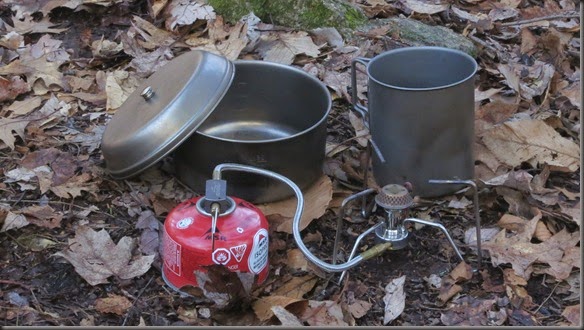
![051[3] 051[3]](http://lh4.ggpht.com/-BupJ-5OXVOM/U00tsiigeCI/AAAAAAAAMtc/3m4rgHEEuDs/051%25255B3%25255D_thumb%25255B1%25255D.jpg?imgmax=800)
